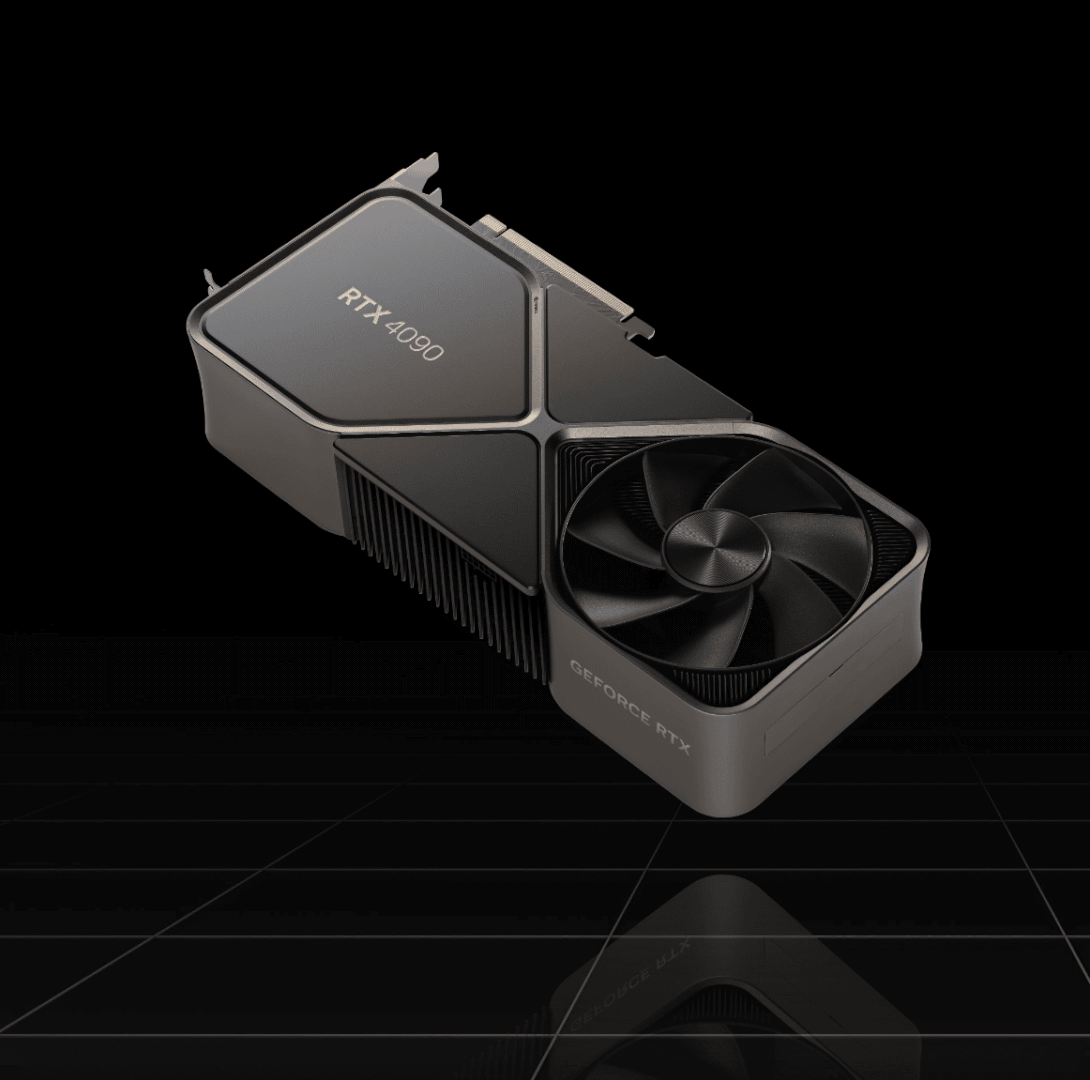Associate
- Joined
- 19 Sep 2022
- Posts
- 1,010
- Location
- Pyongyang
whitepaper:
lol the way they start with a 2pg highlight of their trackrecord of innovation..
summary:
- BVH structures have been simplified, probably they have sacrificed BVH depth for a much faster data structure that sacrifices traversals for set-up times - the trade-off has been favorable (also some talk abt a new kind of primitive, perhaps a game dev can explain this bit better)
- RT cores now also include alpha testing capability which was previously done using shaders, this is going to be a big advantage for nvidia in RT - more games with more foliage, looks like nvidia's tessellation moment in RT
- SER: another big innovation in RT, and looks intuitive - nvidia has found a way to treat secondary rays as primary rays, other than the ability to control divergence in execution this is going to make RT more scalable in future.. its just looking like a hardware accelerated recursive structure - pretty neat
- DLSS 3 has been detailed in a separate whitepaper
lol the way they start with a 2pg highlight of their trackrecord of innovation..
summary:
- BVH structures have been simplified, probably they have sacrificed BVH depth for a much faster data structure that sacrifices traversals for set-up times - the trade-off has been favorable (also some talk abt a new kind of primitive, perhaps a game dev can explain this bit better)
- RT cores now also include alpha testing capability which was previously done using shaders, this is going to be a big advantage for nvidia in RT - more games with more foliage, looks like nvidia's tessellation moment in RT
- SER: another big innovation in RT, and looks intuitive - nvidia has found a way to treat secondary rays as primary rays, other than the ability to control divergence in execution this is going to make RT more scalable in future.. its just looking like a hardware accelerated recursive structure - pretty neat
- DLSS 3 has been detailed in a separate whitepaper
Last edited:







